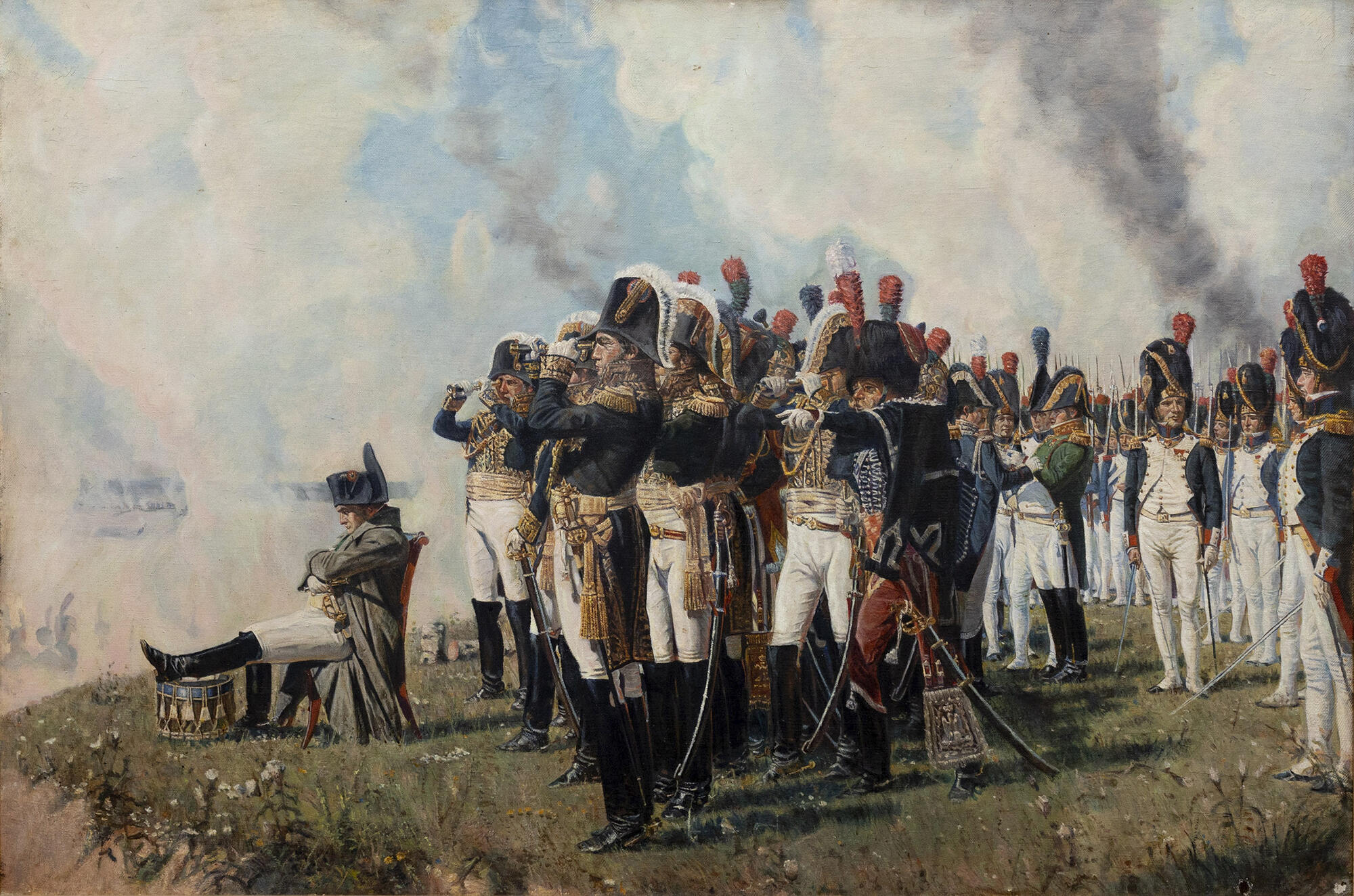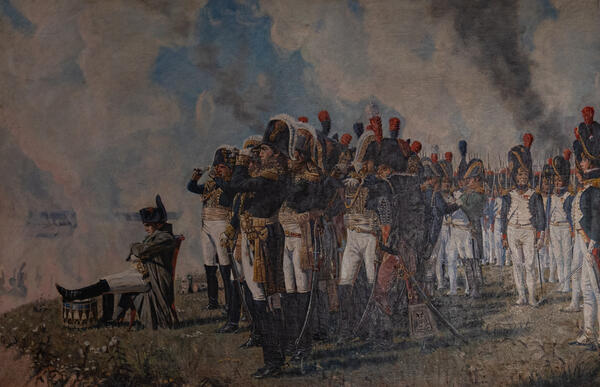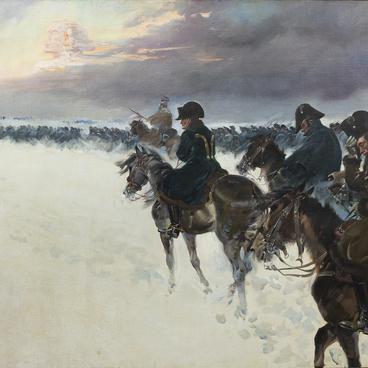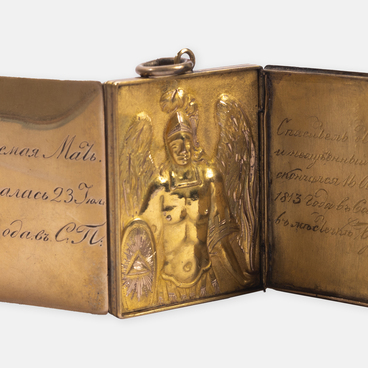The Russian artist Vasily Vasilyevich Vereshchagin turned to the theme of the Patriotic War in 1887. By that time, he had already gained worldwide fame for his canvases inspired by his travels in Central Asia, as well as a series of paintings based on his impressions from participating in the Russo-Turkish war.
Vereshchagin approached the mission carefully: he visited the battlefields, studied the sources and literature, and even wrote his own research. If earlier Russian artists usually dedicated their canvases to depicting the troops under the command of Mikhail Illarionovich Kutuzov, Vasily Vereshchagin decided to name the series “Napoleon I in Russia”. It is better known as the “1812” series.
He set himself the task not only to “show the great national spirit of the Russian people, ” but also to “remove Napoleon from the hero’s pedestal on which he was placed.” In this, Vereshchagin followed the tradition that Leo Tolstoy had begun two decades earlier.
The canvases from the series demonstrate the French emperor’s path. At first, he strives to appear as a glorious commander. Then, he is an alarmed prisoner of the Moscow Kremlin engulfed in fire. Finally, he is a ridiculous, but cruel and dangerous fat man wandering on foot at the head of his army. He wears a fur coat and a hat that conceals half of his face.
The paintings from Vasily Vereshchagin’s series are kept in the State Historical Museum. The Borodino Museum-Reserve displays a reproduction of the painting “Napoleon I on the Borodino Heights”, which was created by an unknown artist.
In this work, Napoleon has set camp at his command post on the day of the Battle of Borodino, which he sees as a decisive battle. In the left part of the picture, he sits in a habitual pose: he has crossed his arms over his chest and put his foot on the drum.
The French emperor is immersed in heavy thoughts, his gaze is lowered. The figure of Napoleon in a traveling cloak and a cocked hat is almost lost behind a group of his marshals and staff adjutants in magnificent uniforms in the center of the composition. In the right part of the canvas are officers and soldiers of Napoleon’s old guard that he did not dare to send into battle that day, which he was considering doing to save the reserve. The background is shrouded in smoke from the shots.


